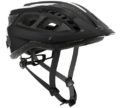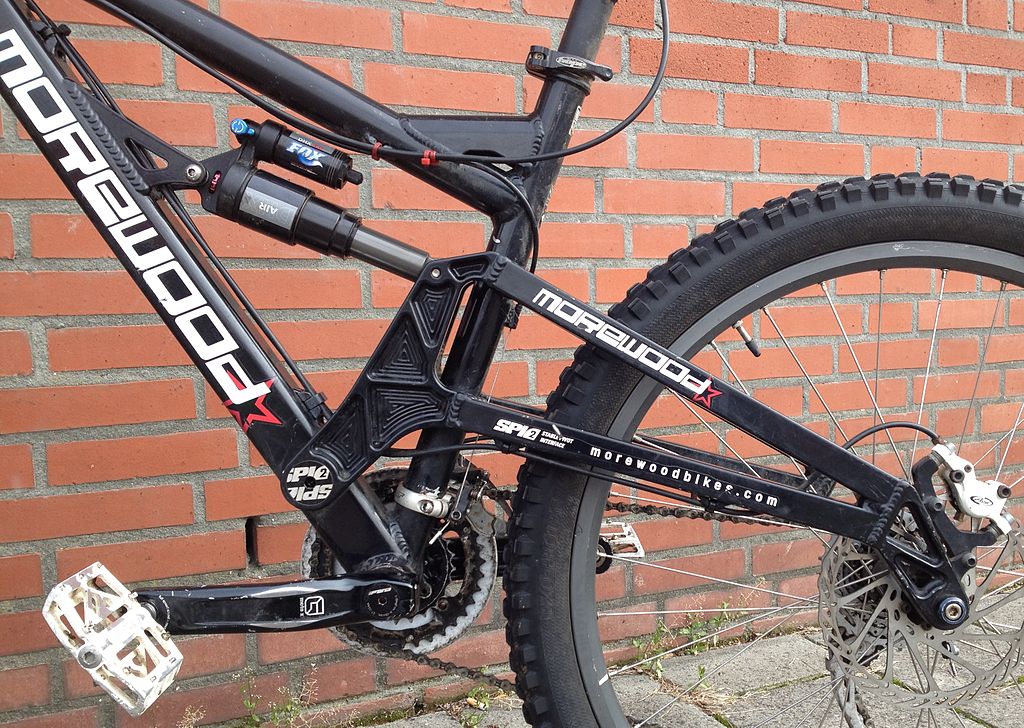
Dual Suspension Mountain Bike: Dual Suspension or Rigid Mountain Bikes for Beginners
You want to start cross country mountain biking or need a downhill mountain bike and you are looking for the best deal in your price range. However, you’ve got to be careful when choosing a mountain bike if you’re just getting started. You must have a model that is easy to control and can handle shocks.
However, there are many factors that go into such bikes. Do you require an aluminum frame or steel mountain bike frame, durable wheels and tires, need a specific wheel size, rear shocks, rigid forks, a hardtail, disc brakes, looking for a specific suspension design… the list is endless. You can’t just pick one type of bike and assume that it will work perfectly for you every step of the way.
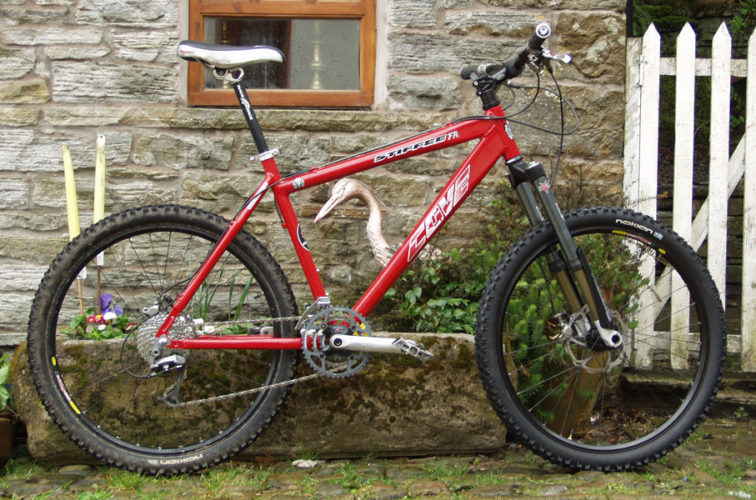 When choosing a great bicycle, however, you have to look carefully at the type of mountain bike and how it is designed. You can opt for a dual suspension or rigid mountain bike. These are divided up mainly based on the suspension features that they come with. Each option has its own advantages over the other.
When choosing a great bicycle, however, you have to look carefully at the type of mountain bike and how it is designed. You can opt for a dual suspension or rigid mountain bike. These are divided up mainly based on the suspension features that they come with. Each option has its own advantages over the other.
Even with the great choices out there for mountain biking in your price range, you have to be cautious when choosing something for your ride. The one that is right for you will vary based on the specific demands you hold for your ride, as well as the types of trails you will take your bike out on. While neither the dual suspension nor the rigid style is truly better than the other, the application for your ride should make all the difference in your decision.
What Is a Rigid Bike?
A rigid mountain bike is also known as a hardtail bike. This is designed with a shock-absorbing suspension around the front fork.
Such a bike works with a lightweight design. It is easy to lift up and propel in many spots. It also has a smoother steering feature that responds quickly. If used carefully enough, it should not be tough to use on a gentle path. It’s also great if you’ve got a wide-open space for traveling.
 Also, a rigid bike can handle some obstacles. It works better on lighter obstacles like small rocks or even some tree roots. You don’t want to take it over any extremely rugged surfaces, though.
Also, a rigid bike can handle some obstacles. It works better on lighter obstacles like small rocks or even some tree roots. You don’t want to take it over any extremely rugged surfaces, though.
A rigid bike uses a singular piece in its frame. This creates a slightly triangular shape. The rear wheel is in a proper set place so it remains stable. It also creates a stronger surface when used right.
What Is a Dual Suspension Bike?
As the name suggests, a dual suspension bike uses two different suspension setups. It offers separate suspensions on the front fork and back areas.
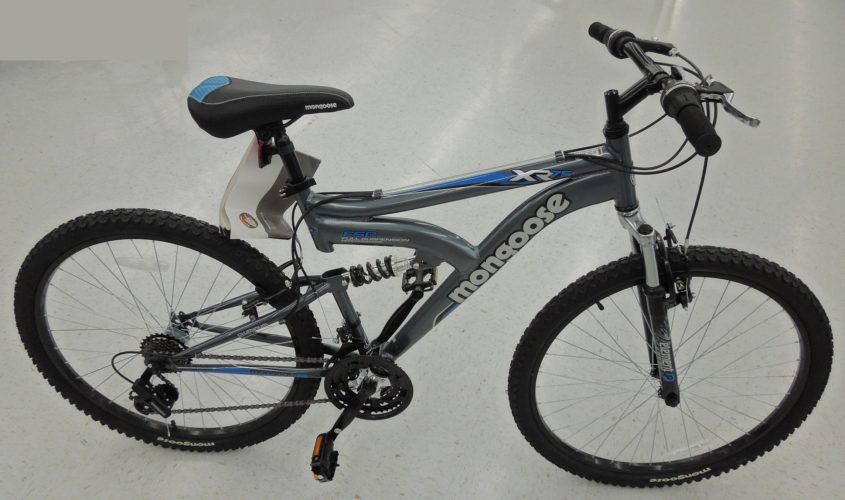 By taking in more shocks, this works better on rougher routes. It also handles obstacles like larger rocks or wet spots quite well.
By taking in more shocks, this works better on rougher routes. It also handles obstacles like larger rocks or wet spots quite well.
This bike uses two pieces on its frame. They are connected by a series of pivots. These help to keep the ride steady and without being too bumpy. The two sections can move independently from each other. The separate suspension features on both halves make this possible.
How Intense Will Your Ride Be?
When choosing one of these bikes, you have to think about how intense or rough your mountain trail ride will be. A rigid bike is better if you have a lighter or smoother trail. A dual suspension bike works best if you have a rougher ride planned.
 A dual suspension choice is also great if you have a slight downhill slope to work with but is not too intense to where you might need a separate downhill bike.
A dual suspension choice is also great if you have a slight downhill slope to work with but is not too intense to where you might need a separate downhill bike.
What Support Do You Require?
The amount of support you need while sitting on your bike is crucial to your riding success. You can choose a rigid bike if you don’t feel pain regularly while pedaling.
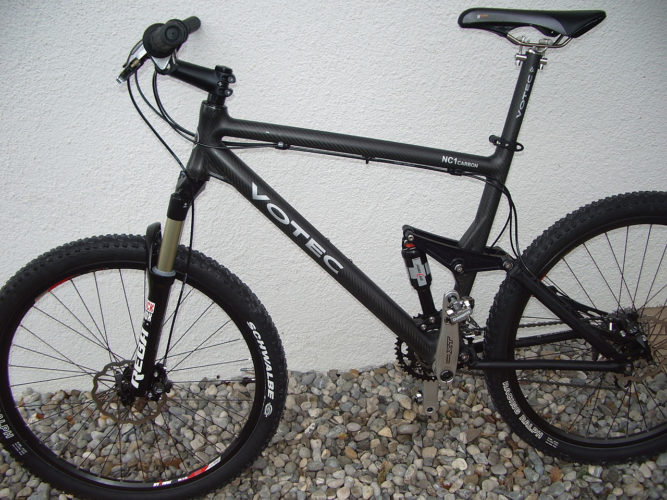 Meanwhile, a dual suspension bike is better for people with back issues. It offers a bit of extra support for those who are sensitive to the shocks they might experience while riding.
Meanwhile, a dual suspension bike is better for people with back issues. It offers a bit of extra support for those who are sensitive to the shocks they might experience while riding.
What About Drops?
Drops often occur on a trail when you go from one surface to another in a short period of time. A dual suspension bike will work best if you have a downhill ride with plenty of drops all around. This kind of bike takes in drops and shocks with ease.
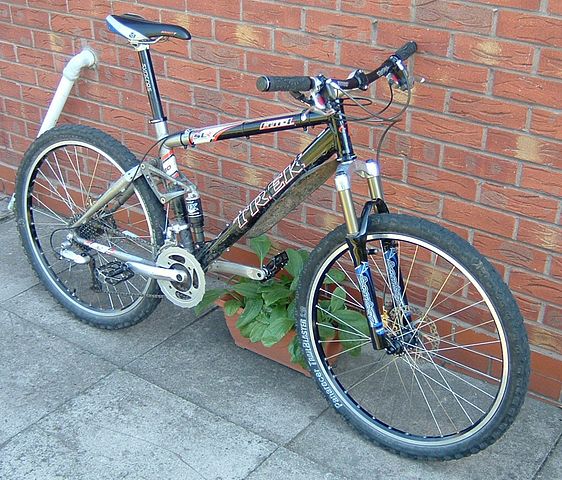
What About Going Uphill?
A rigid bike is better if you want to get uphill. A rigid bike makes it easier for you to propel it as the bike often comes with a lighter weight. It also responds well to the twists and turns you might come across as you pedal uphill.
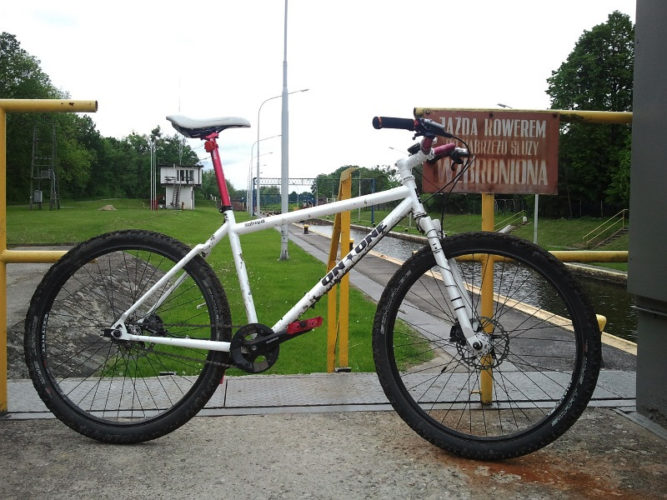 The pedals on a rigid bike typically require less pressure for them to move. This is crucial when you’re trying to get up a good incline. Considering how an uphill ride might be a little more predictable in terms of what you’d find on the trail, a rigid bike will work perfectly. You won’t be at risk of running into unexpected surfaces all that quickly.
The pedals on a rigid bike typically require less pressure for them to move. This is crucial when you’re trying to get up a good incline. Considering how an uphill ride might be a little more predictable in terms of what you’d find on the trail, a rigid bike will work perfectly. You won’t be at risk of running into unexpected surfaces all that quickly.
What About Maintenance?
A rigid bike clearly requires less maintenance. It doesn’t have as many moving parts on it. Still, you should check on the gears on the bike if necessary. Different gears can create various levels of pressure but they can also support faster speeds provided that you switch from one gear to the next in enough time.
 Meanwhile, a dual suspension bike needs regular maintenance of its links and pivots. The rear shock also requires new seals on occasion. You might have to replace such a seal once a year. Such a bike can be found in a multi-speed or single-speed variant but either one will have to be maintained properly. You might have to lubricate the multi-speed gear shifter once a year to keep it from locking up.
Meanwhile, a dual suspension bike needs regular maintenance of its links and pivots. The rear shock also requires new seals on occasion. You might have to replace such a seal once a year. Such a bike can be found in a multi-speed or single-speed variant but either one will have to be maintained properly. You might have to lubricate the multi-speed gear shifter once a year to keep it from locking up.
Summary
In conclusion, you should think carefully about your riding style and trails you will head out on when figuring out which bike is right for you. A rigid bike is perfect for uphill rides or ones that don’t entail many rough surfaces.
A dual suspension model works better if you are sensitive to shocks or you’re going either down on the slope or around a rugged surface. Check on your needs for a bike before heading out on the trail so you’ll have a choice that fits in perfectly with your needs.




